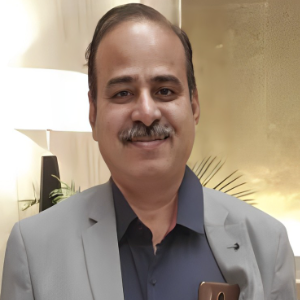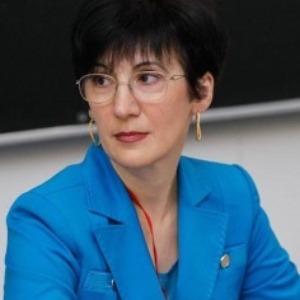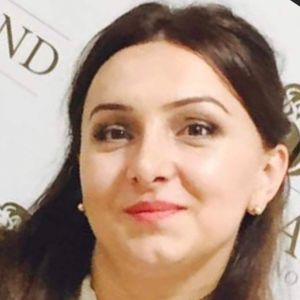Skin grafting is a highly specialized form of plastic surgery that involves taking tissue from one part of the body and transplanting it to another part of the body. Skin grafting is used to restore skin that has been damaged due to a burn, injury, or illness. It can also be used to restore function in a part of the body that has experienced disfigurement. A skin graft involves transplanting full-thickness skin, split-thickness skin, or a layer of cells from the epidermis and dermis. Full-thickness grafts are often used when there is significant destruction to the underlying tissues, as they provide the most coverage and the best cosmetic result. Split-thickness grafts are used when there is less damage to the underlying tissue but still a need for a large area of coverage. Epidermal grafts are ideal for coverage when there is only a slight amount of damage to the underlying tissue, as they are smaller and can minimize scarring. Before skin graft surgery, the donor site (the area the tissue is taken from) must be precisely prepared. This involves cleaning the area and debriding any dead or damaged tissue. Once the area is prepped, the donor site is numbed and tissue is taken from it for use in the graft procedure. The grafting procedure is performed in a hospital or a clinic under aseptic conditions. First, the area of the skin to be grafted is measured and a pattern is marked on the skin. This pattern is based on the area of the donor site where the graft will be taken from. A dermatologist or plastic surgeon then crafts the graft from the donor site, taking care to match the shape and color of the skin in the graft to that of the recipient site. Once the graft is ready, the area to be grafted is cleaned and the graft is carefully laid over the area. The graft is held in place until it is secure and takes hold, and it is then stitched around the edges to prevent it from slipping or being disturbed. Skin grafting has proven to be an effective and reliable way of restoring skin that has been damaged due to injury or illness. It is important to note, however, that there is a risk of infection associated with this type of surgery and proper care must be taken during the healing.

Ravi M Rathod
KMCRI, India
Dechelette Corinne
La Peau Autrement, France
Irina Sergeeva
Novosibirsk State University, Russian Federation
George Sulamanidze
Plastic Surgeon at Clinic of Plastic and Aesthetic Surgery and Cosmetology TOTALCharm, Georgia
Nino Tsamalaidze
Ltd Karabadini+, Georgia
Lina Petrossian
California University of Science and Medicine, United States
Surajbala Khuraijam
Manipur Health Services, India
Shrutimita Pokhariyal
Symbio, India
Yasser Mohammed Hassanain Elsayed
Egyptian Ministry of Health, Egypt



Title : Paraneoplastic Autoimmune Multiorgan Syndrome or PAMS: Paraneoplastic pemphigus revisited
Sergei A Grando, University of California Irvine, United States
Title : Modern non-invasive methods for in vivo assessment of skin
Georgios N Stamatas, SGS, France
Title : Personalized and precision dermatology through the view of biodesign-inspired translational & data-driven applications: Revolutionary skin treatments for every concern in clinical dermatology integrating skin care experts and consumers
Sergey Suchkov, N.D. Zelinskii Institute for Organic Chemistry of the Russian Academy of Sciences, Russian Federation
Title : The next generation of threads: Lifting, volumization, and biostimulation in one powerful triple action
George Sulamanidze, Plastic Surgeon at Clinic of Plastic and Aesthetic Surgery and Cosmetology TOTALCharm, Georgia
Title : Lymphoproliferative diseases in the practice of a dermatologist
Irina Sergeeva, Novosibirsk State University, Russian Federation
Title : Art, skin, and dermatology: Interdisciplinary perspectives
Dechelette Corinne, La Peau Autrement, France
Title : Comparative efficacy of omalizumab and dupilumab in children with Chronic Spontaneous Urticaria (CSU): A retrospective cohort analysis
Molynna Nguyen, University of Toledo, United States
Title : "Mirror mirror on the skin” — A low-cost community strategy to reduce melanoma disparities in Washington, D.C.
Kayla Sampson, Georgetown University School of Medicine, United States
Title : Vitiligo: Not just an aesthetic disorder
Mateja Starbek Zorko, University Medical centre Ljubljana, Slovenia
Title : Personalized and Precision Medicine as a unique avenue to have the healthcare model renewed to secure the national biosafety: Advanced skincare solutions in individualized cosmetology, reconstructive plastic surgery and the modern beauty
Sergey Suchkov, N.D. Zelinskii Institute for Organic Chemistry of the Russian Academy of Sciences, Russian Federation